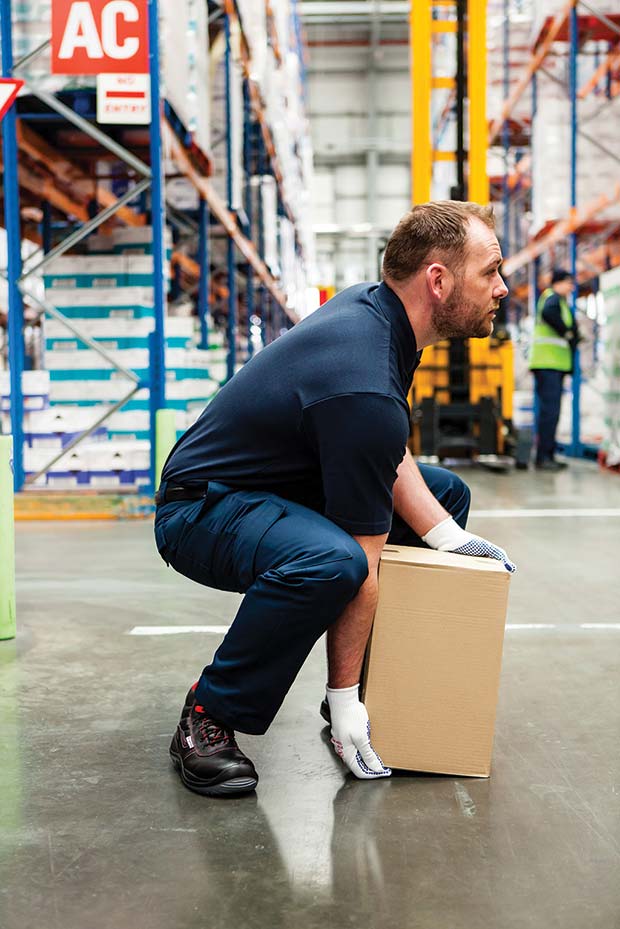Manual handling accounts for 1700 acute injuries each year in the food and drink sector. To tackle this, RTITB, the preferred workplace transport training regulatory body, is offering advice to help employers improve their manual handling processes, increase safety and boost efficiency.

What is manual handling?
The term manual handling refers to lifting, lowering, pushing, pulling and carrying loads. Although they may vary throughout the food and drink supply chain, unless manual handling activities within the workforce are managed correctly, they can cause injuries by putting a strain on the limbs, tendons, heart and, most commonly, the muscles and back.
“There can be a misconception among both employers and staff that manual handling is just about how to pick up a heavy box,” says Laura Nelson, Managing Director at RTITB. “However, this is just one part of manual handling processes that employers should tackle to improve productivity and safety in their food and drink operations.”
Three steps to safety
The Manual Handling Operations Regulations (MHOR) 1992 (as amended 2002) outline a recommended three-step approach for companies, which is to Avoid manual handling by implementing automated processes where possible, Assess the risk of injury where it cannot be avoided and Reduce the risk as far as possible.
Why training matters
Training is a valuable preventative measure for ensuring that employees are able to perform daily tasks correctly and safely and is an effective way for companies to enforce safety regulations and practices. Employers have a legal obligation to provide the required staff training for any job, and this extends to educating employees in manual handling.
Select the right training
“To ensure that any training implemented has maximum impact, employers should look at what the training course covers and consider this against their business needs,” says Laura. “The ‘Assessment’ part of the HSE’s guidance is key for employers in identifying what these needs are.”
For example, a production operation where employees are lifting heavy sacks of sugar will have different training needs to a warehousing operation where trolleys of food are being pushed and pulled.
Implementing solutions
There is no one size fits all approach to tackling issues around manual handling and the right solution will differ between businesses.
However, RTITB recommends assessing and addressing the most serious risks as a priority.
The free HSE booklet ‘Moving Food and Drink: Manual handling solutions for the food and drink industry’ may be a useful resource for employers to download: www.hse.gov.uk/pubns/ books/hsg196.htm
RTITB




Comments are closed.